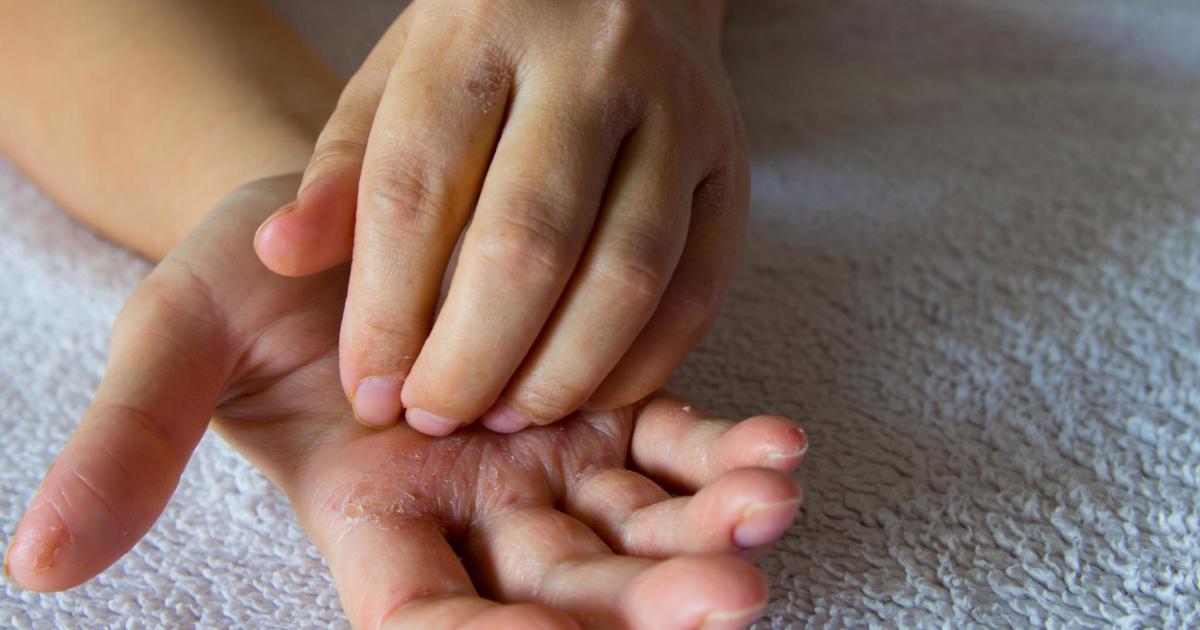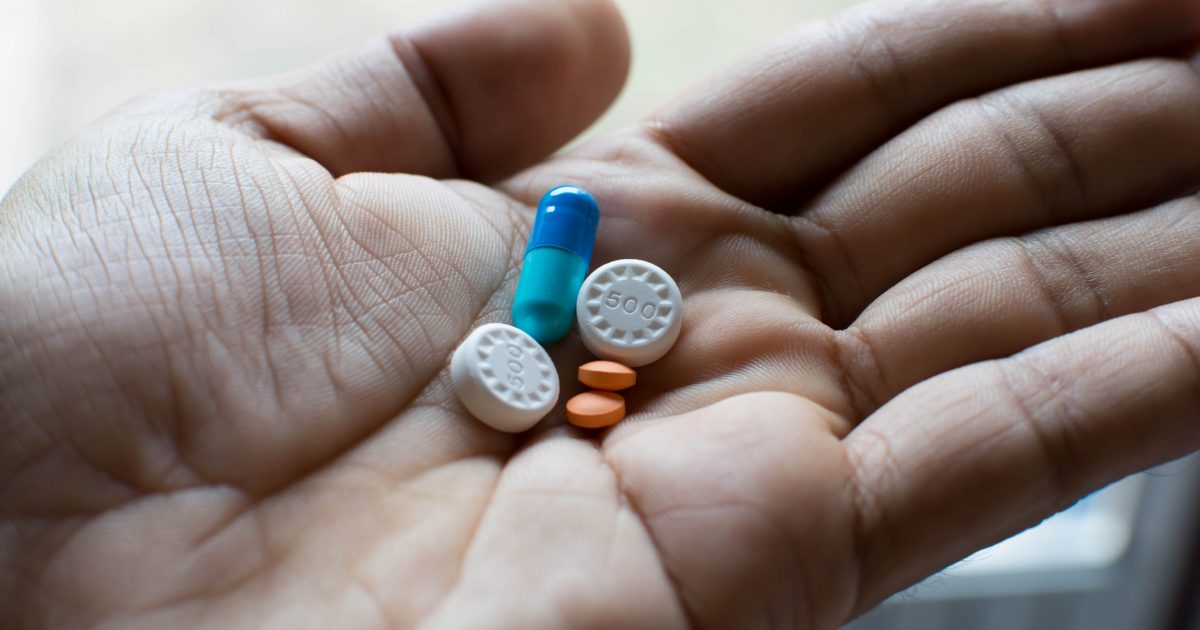Guide To Treating Dyshidrotic Eczema
Drain Large Blisters

Patients with eczema and dermatitis of different types must learn to deal with intense itching, redness, and dry, flaky skin. For some eczema patients, especially those with dyshidrotic eczema, blisters are also a part of the disease they must deal with. The blisters of dyshidrotic eczema appear on the palms, sides of fingers, the soles and sides of feet, and on toes. Cool compresses and corticosteroid ointments or creams are commonly used first to try to bring this eczema under control.
Sometimes blisters become very large and painful, and the doctor may choose to drain large blisters to relieve the pain and help the affected area heal. Open skin from broken blisters or raw areas caused by scratching is highly prone to develop infections, and even a small skin break can lead to infection when exposed to herpes simplex one virus. This infection leads to an outbreak of many watery blisters that increase in number and can cause flu-like symptoms with fever and intense itching. Treatment is imperative to heal the infection before it causes systemic damage. Staph infection is also a danger with eczema blisters, which may cause pus-filled blisters that need treatment with antibiotics.
Speaking of antibiotics, learn about how they can help with dyshidrotic eczema next.
Antibiotics For Infections

One antibiotic used for Staphylococcus aureus infections of eczema-damaged skin is dicloxacillin. When a staph infection is suspected, treatment with this antibiotic may be started to obstruct bacterial cell wall formation by binding to penicillin-binding proteins. Cephalexin, a first-generation cephalosporin drug, is one of the most effective antibiotics for skin infections. Its bactericidal powers quickly destroy growing organisms. Erythromycin restricts bacterial growth by arresting RNA-dependent protein synthesis. Both streptococcal and staphylococcal infections can be treated effectively with erythromycin. When treating infections in children, the age and weight of the child and the severity of the infection will be used to calculate the dosage of erythromycin. If the prescription is for a twice-daily dosage, the total daily dose should be divided into half the amount every twelve hours. For the most severe infections, the total dosage may be doubled by the care provider.
Learn about how petroleum jelly and mineral oil can help next.
